Natural Remedies For Rosacea, Eczema + Sensitive Skin That Really Work
In this new series (inspired by you guys!) we’re spilling the skin-ny on common skin conditions that our customers experience. Our inbox is consistently flooded with questions concerning rosacea, eczema, hormonal acne, aging, melasma and more, so all month long we’re tackling our top skincare FAQs.
But before we get started, there’s something I should mention: This series is not an end all be all or an exhaustive explanation of these skin conditions (or possible remedies) or a diagnosis. It’s simply intended to help guide you in getting to know your skin, what’s going on below the surface and offer some helpful, holistic suggestions. Our largest organ is extremely complex (which makes my job as a Holistic Esthetician challenging and rewarding all at the same time!) and the journey to establishing balance internally + externally may require a few detours, discovering new paths along the way and ultimately, developing a more mindful relationship with your body and skin to find the most supportive remedies for YOU.
First up: rosacea, eczema + sensitive skin conditions. Here we go – but heads up, there’s LOTS of sensitive skin goodness below (probably one of my longest posts ever ha) so feel free to skip to the condition you’re struggling with or skim to find the best remedy to fit your skin’s needs. But do be sure to make it to the bottom for a little reminder as you take steps to heal + restore your sensitive skin, holistically. 🙂
SENSITIVE SKIN
Sensitive skin: we’re seeing that term blow up in society today (over 50% of people claim to have sensitive skin, crazy!). Sensitive skin is not classified as a disease (unlike rosacea, which you’ll read about below), but rather is described as a condition where the skin’s barrier function is compromised and reacts with uncomfortable sensations/side effects. And when this delicate barrier is damaged, it can be more prone to inflammation, become more susceptible to toxins entering the skin (compromising the skin even more) as well as causing water loss and accelerating aging (hello, dry/flaky skin).
Here are a few signs of sensitive or compromised skin:
- Flaking, tightness or dryness
- More prone to visible capillaries
- Easily shows redness + flushing (will often react but then subside)
- Immediate irritation/rash + itchiness
- Burning/stinging (but less heat than rosacea)
Why has sensitive skin become so prevalent? Well, it could be that for years the mainstream skincare market + skin professionals have pushed excessive chemical peels, prescription-strength topicals, and harsh home-care products that have compromised our skin’s delicate barrier. Over time, overexposure to these harmful chemicals and sensitizing ingredients can lead to a damaged epidermis and a depleted dermis.
Other factors that can contribute to sensitive skin include (but not limited to, of course):
- Diet + gut issues
- Medications (like antibiotics or Accutane)
- Auto-immune disorders
- Hormonal imbalances (even our monthly cycle can make skin feel more sensitive!)
- Genetics, age and gender
- Exposure to smoke + pollution
- Environmental stressors
- Extreme temps
- Extended sun time
- Free radical damage
- Chemical-laden household products
- Harsh topical skincare
Now, that doesn’t mean if you’re a city-dweller or are working through some health issues, that your sensitive skin fate is sealed. It simply means you get to be more mindful with your daily rituals + self-care practices to rebuild immunity – and your skin barrier.
SENSITIVE SKIN: NATURAL REMEDIES
Here are my top lifestyle tips and non-toxic product picks to help:
-
MULTI-MASK: 2 steps to a calmer complexion include this Clarifying Mask and Soothing Mask. Traditional exfoliants + stripping ingredients (like salicylic acid or benzoyl peroxide) may have gotten you to this sensitive skin state, so natural/nourishing products are going to help get you out! White willow bark + colloidal silver found in this Clarifying Mask are the best anti-bacterial, anti-inflammatory remedies for promoting the skin’s healing process while chlorella + gotu kola in the Soothing Mask are packed with vitamins + antioxidants to significantly decrease inflammation and restore healthy cell function.
Multi-mask by applying the Clarifying Mask and Soothing Mask to different areas of your skin to support diverse sensitive skin needs all at the same time!
-
THIS SPRAY IS EVERYTHING: And it’s loaded with healing and antibacterial ingredients to help prevent and calm sensitivies, redness + inflammation. Magnesium oil is incredibly beneficial for skin health, aloe vera juice regenerates damaged skin and organic raw + unfiltered apple cider vinegar contains powerful healing enzymes. For sensitive skin states, this spray literally is everything!
After cleansing or multi-masking, pour Everything Spray onto an organic cotton round and sweep across your skin morning + night for a calm, balanced complexion.
-
BOOST LYMPHATIC FLOW: This is one of the *best* ways to support compromised skin from the inside out. The lympathic system is our body’s natural cleansing system – removing waste, harmful substances and recycling nutrients back into the bloodstream. It’s basically detoxifying and feeding our skin all at the same time! Here’s how to optimize lymphatic flow:
- Dry brushing: These light, simple strokes with a dry brush stimulate lymph flow to flush out toxins and waste. Do it before taking your cold (*cough* details below) shower!
- Cold shower: Your red, flaky complexion will actually really appreciate this one – and so will your boss because it’s proven to boost productivity + immunity. You’re welcome. 😉
- Facial tools: These are my fav tools to boost lymphatic drainage, detoxify skin tissue and create pathways of healing to inflammation + flare-ups.
-
MORNING SUN: One of the most common triggers for sensitivities is a little too much sun time. Overexposure to the sun’s UVA rays can aggravate these conditions and cause even more damage to an already compromised skin barrier. But, that doesn’t mean all sun is bad. Get your daily dose
of Vit D first thing in the morning (10-20 minutes is all you need) when the rays are less intense and have been proven to positively support your circadian rhythm, immunity and mood – all things that are essential for repairing sensitivities. So really, morning sun is a win/win/win!
For long days in the sun, opt for non-toxic sun protection (we love this brand) or make sure you’ve got a wide-brimmed hat to keep your sensitive skin covered.
ROSACEA
If blushing has become your regular look, rosacea might be the culprit. Rosacea (pronounced: ro-zay-sha) plagues millions of people and appears as a persistently red, flushed, inflamed complexion – typically around the nose and cheeks. There are different types of rosacea, various triggers and a myriad of treatments (some natural and some not so much – but more about that later), and it can actually spread over time if intentional steps aren’t taken to manage and minimize flare-ups.
Here are a few signs your skin might be struggling with rosacea:
- Redness in more targeted areas such as nose + cheeks
- Swelling, puffiness
- Papules/pustules (acne-like breakouts)
- Burning, stinging, reactive skin
- Visible or broken capillaries (those tiny red squiggly lines often near the nose/cheeks)
This chronic inflammatory condition is actually classified as a disease and is impacted by internal imbalances (remember: the skin acts like a mirror to our internal world + well-being!).
Here are some common causes that are closely linked to rosacea:
- Digestion + gut health
- Nervous system/stress
- Vascular disorders (inflamed blood vessels, swelling, etc)
- Increased bacteria and buildup (aka acne-prone complexions)
- Skin mites (yup, it’s true)
- Genetics
There are many triggers that make rosacea flare (and can differ from person to person), but here are just a few to be aware of:
- Spicy foods
- Diet (tips to upgrade your diet below!)
- Hot temps
- Alcohol
- Extended sun exposure
- Harsh topical products (this one is huge)
The biggest way to support rosacea topically is to avoid any ingredients that strip the skin and compromise the skin even further. Harsh chemicals often found in conventional skincare products can contain common culprits like surfactants, sulfates, fragrance, preservatives, and parabens.
Natural, nourishing products and holistic lifestyle habits are gentler (and still supportive) alternatives to common rosacea treatments (Botox has actually become a go-to rosacea treatment, but find out why I’m not the biggest fan of this neurotoxin here) to strengthen the skin barrier – and promote internal wellness all at the same time.
ROSACEA: NATURAL REMEDIES
Here are my top lifestyle tips and non-toxic product picks to help:
-
THE BEST CLEANSING COMBO: Start rebuilding your skin barrier with the first step in your skincare ritual with this Cleansing Oil and Goat Milk Bar. Ditch conventional cleansers (even those marketed as “gentle”, “hypoallergenic” or “dermatologist test”) that can disrupt your skin’s delicate acid mantle with hidden chemicals. Instead, cleanse with oils like evening primrose + pomegranate seed detoxify buildup while keeping the moisture barrier intact. And try alternating with a calming cleansing bar with goat milk + chamomile to gently nudge cell turnover along to reveal softer, calmer skin.
Cleansing your skin 1x/day before bed is all you need! Mix up your cleansing ritual with the Goat Milk Bar and the this Cleansing Oil a few times a week.
-
CBD: After cleansing, get CBD on your skin asap. Full-spectrum CBD Oil contains vitamin A, D + E and multiple amino acids (the building blocks of our body) to strengthen the skin, create a more resilient complexion and optimize collagen production. It even has more Gamma Linoleic Acid (GLA) than any other plant, helping to relieve painful skin conditions, inhibit the buildup of dead skin cells and minimize inflammation – plus it contains the perfect ratio of Omega-6 to Omega-3 fatty acids. Is there anything that CBD can’t do? I don’t think so. 😉
After cleansing + toning, apply this CBD-infused serum morning and night. Packed with even more skin-healing herbs + oils like tamanu, marshmallow root + rosemary, rosacea flare-ups don’t stand a chance.
-
ENGAGE YOUR PARASYMPATHETIC NERVOUS SYSTEM: Let me simplify that: stress less, friends. I can’t stress this point enough (see what I did there?), but to truly see change with your skin, it starts here. Prioritize habits that help to sedate your sympathetic nervous system (fight/flight) and engage your parasympathetic nervous system (rest/digest). We’re in a constant state of cortisol spikes, hustle + bustle and “but first coffee” mode which only exacerbates rosacea + inflammatory skin conditions. Whatever is for you that helps to relieve stress in a positive + supportive way, do that thing – and do it often!
Try taking a warm epsom salt bath, sipping bone broth before bed, diffusing a grounding essential oil blend, deep breathing + meditation, multi-masking and keeping a gratitude journal!
-
UPGRADE YOUR DIET: Food is your fuel – and a major factor in managing rosacea flare-ups. Add in more nutrient-dense, whole foods + healthy, healing fats to your daily diet to help balance hormone fluctuations, replenish vitamin deficiencies and calm internal inflammation that can often lead to rosacea. And as you add in more of the good, start to weed out some of the not-so-good (aka inflammation-inducing foods) like gluten, refined sugars, alcohol, conventionally raised animal products (opt for pasture-raised instead) as well as highly processed oils (such as canola, safflower, cottonseed, and soybean to name a few).
The best skin-healing foods to start adding to your daily diet are avocado, extra virgin olive oil, walnuts, wild-caught salmon and evening primrose oil.
ECZEMA
While rosacea often develops later in life, eczema is a chronic condition that can begin shortly after birth. Baby eczema is a real struggle for a lot of parents – but the painful, itchy patches that are clear signs of of eczema also plague millions of adults due to (you guessed it) internal imbalances such as compromised immune + gut health along with genetics.
Here are some signs you may be experiencing eczema:
- Painful itchy patches
- Cracked, scaly skin
- Severe dryness
- Redness in lighter skin tones + gray/purple discoloration in darker skin tones
- Irritation/inflammation
This inflammatory condition can also be referred to as atopic dermatitis because it’s closely linked with allergic reactions (from inside or outside the body) causing more severe symptoms of eczema to surface on the skin – and most often around the eyelids or mouth.
Eczema flare-ups can stem from several types of triggers such as:
- Lack of moisture makes skin more prone to scaly eczema symptoms (proper hydration is key here!)
- Irritants found in conventional products (i.e. harsh soaps, household cleaners, fragrance)
- Environmental factors (low humidity, extreme temps, common allergens)
- Stress + diet (as always)
If steps aren’t intentionally taken to care for the skin, eczema can lead to a more compromised barrier leaving it even more susceptible to infection and further damage. And undoubtedly, the discomfort and appearance of eczema can impact emotional + mental well-being and self-confidence. But have hope, friends, there are remedies (that don’t involve suppressing the problem with steroids or harmful chemicals) that work to restore the skin and soothe eczema – on your little one or your own complexion.
ECZEMA: NATURAL REMEDIES
Here are my top lifestyle tips and non-toxic product picks to help:
-
SPIRULINA MASK: Spirulina and colloidal oatmeal are two key players in calming eczema – and this Soothing Mask is packed with both. Blue-green algae is rich in fatty acids, antioxidants + amino acids to help maintain moisture and rebuild the skin’s health. And colloidal oatmeal creates a protective barrier for delicate skin and visibly improves skin issues such as dermatitis and eczema.
Apply this mask 1-3x/week for 15 minutes (or more) – and then hop in the tub! More details below. 😉
-
BAKING SODA BATH: To soothe severe itchiness and minimize stress (one of the main triggers of eczema) soak in a warm (not hot!) bath with a bit of baking soda to provide some relief for you skin and mindset. But instead of good old Arm and Hammer, sprinkle in this Flower Bath to upgrade your tub time. This beautiful blend of baking soda, coconut milk, epsom salts and organic essentials oils of lavender + geranium deeply soothe, soften and detoxify the skin.
Make your baking soda bath a nightly ritual and pair it with meditation (and your Soothing Mask above!) for about 10-15 minutes in the tub to truly take a holistic approach to calming your eczema.
-
BALM, BABY: After masking + soaking, seal in hydration to help prevent flare-ups from occurring and keep the skin’s moisture barrier intact. This balm has gotten rave reviews from customers battling eczema and contains mindfully formulated herbs and healthy fats to prevent irritation + infection while locking in moisture.
Add in this healing balm to your morning + evening skin rituals and apply to damp skin for even deeper absorption and hydration!
-
DETOX (your home, that is): Because atopic dermatitis is so closely connected to allergens in our environment, it’s essential to create a home that’s free of toxic chemicals, synthetic fragrances and other harmful irritants that wreak havoc on your eczema (and your internal health). I like to think of it as creating a skin sanctuary!
Replace toxic home products like air fresheners, artificially-scented candles and conventional cleaning products with safe options to help minimize inflammation, inside and out.
Remember at the beginning I mentioned how complex the skin can be? It’s true.
Although I just unpacked a few of the top sensitive skin issues we get asked about all the time, sometimes these conditions can reveal themselves differently depending on the person. And although I shared a few holistic tips to help relieve these chronic conditions, different remedies may work better for some than for others. But ultimately, I want to encourage you to tune in to your skin (and seek medical advice + attention if needed) and incorporate the remedies + rituals that resonate with you.
While it may take time and possibly some trial + error, I hope that as you start to implement these holistic lifestyle suggestions and natural topical solutions into your daily life, you will begin to experience a positive shift within – and remember, the skin is a reflection of exactly that.



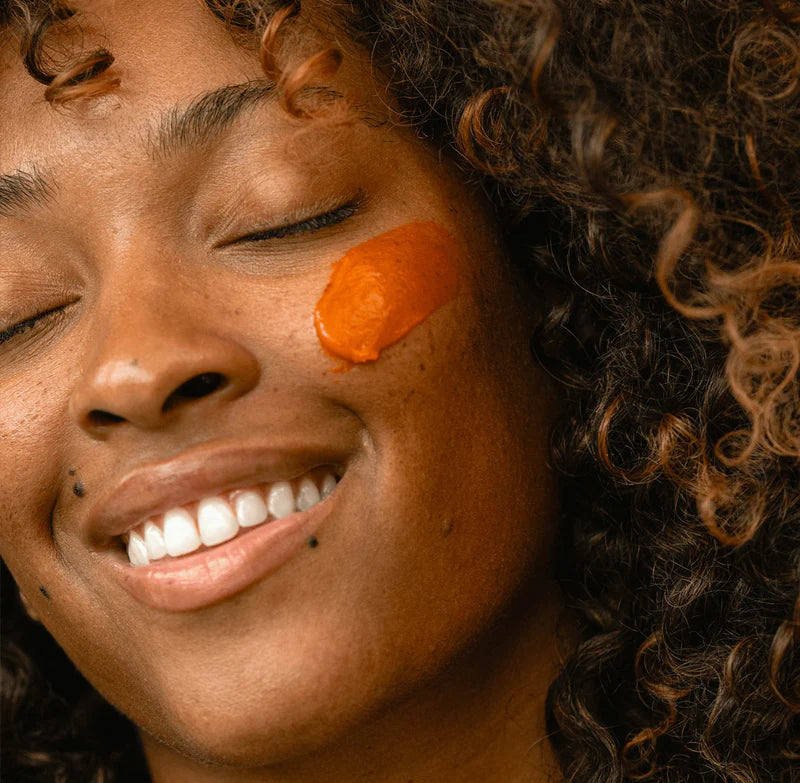
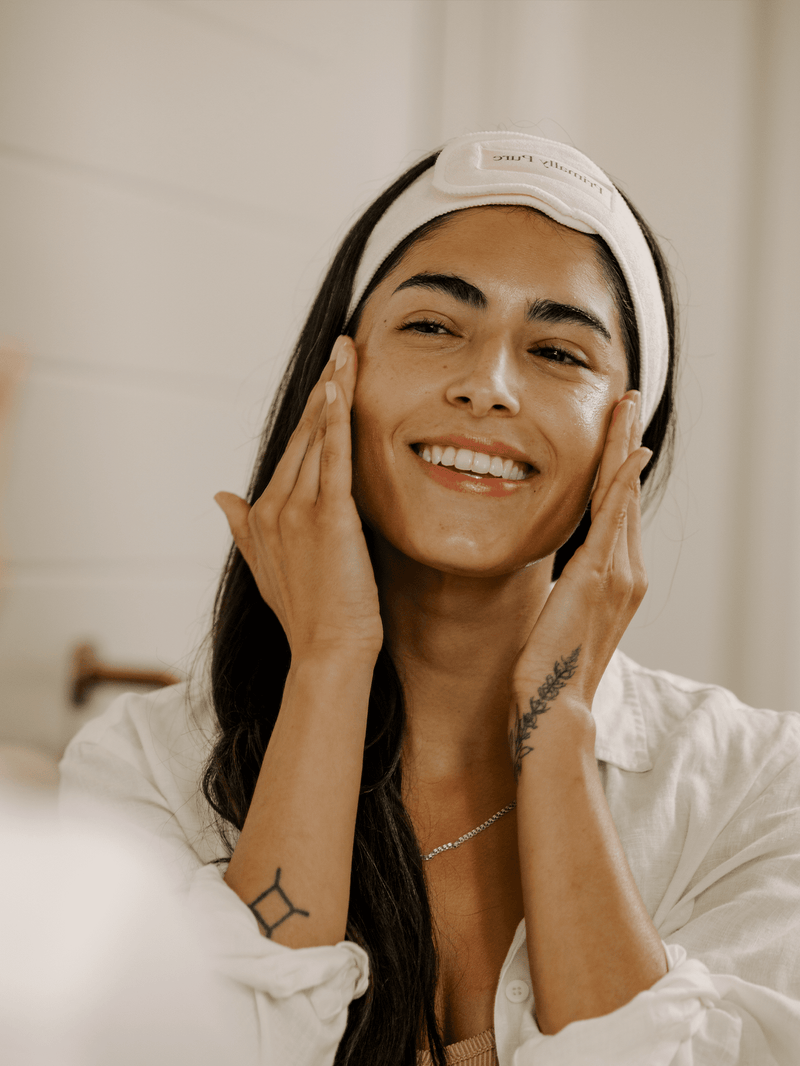
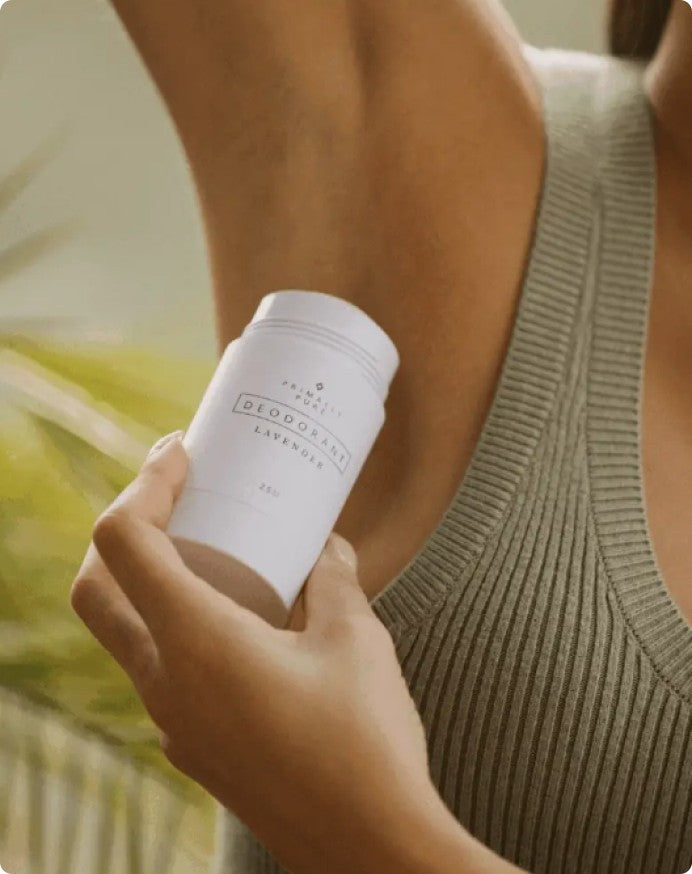
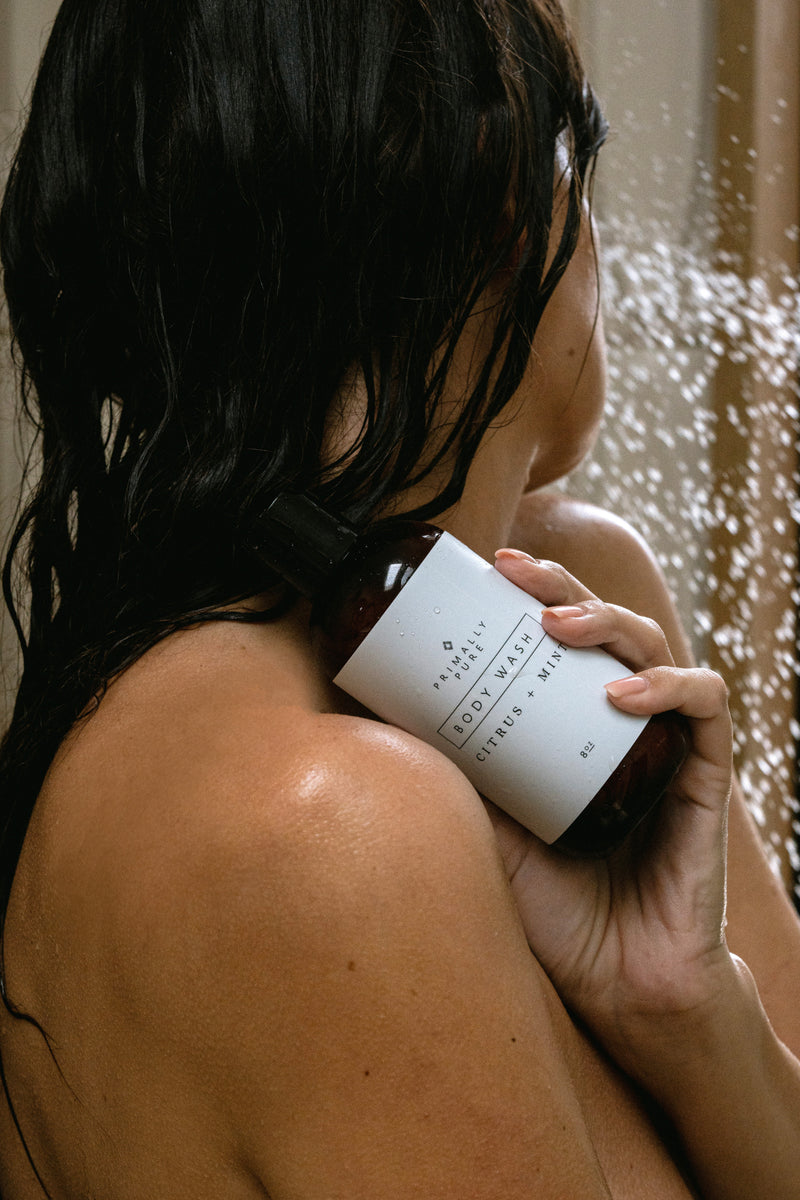
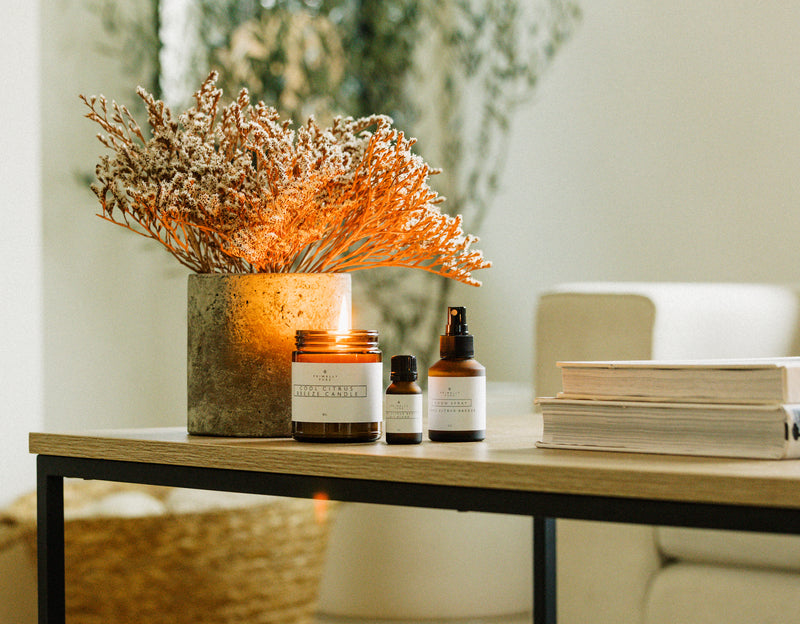
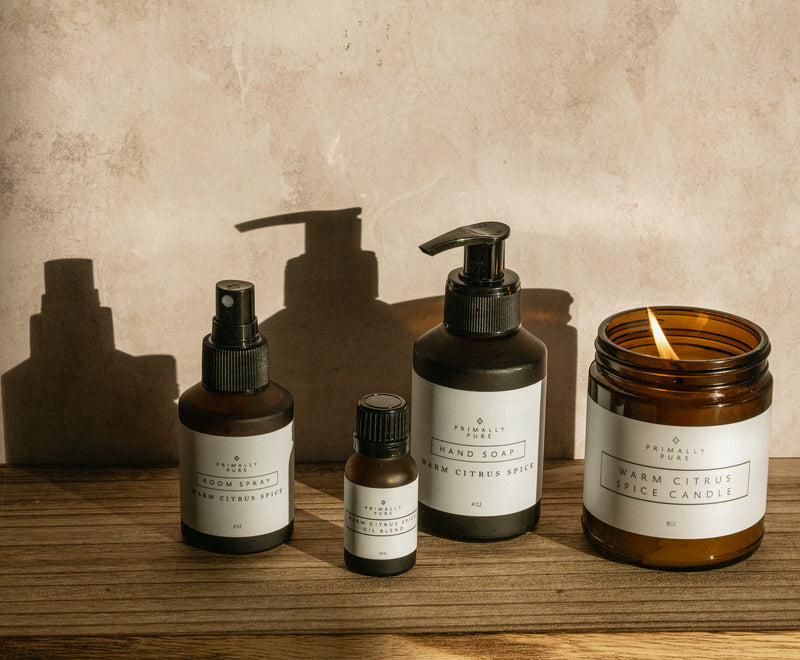
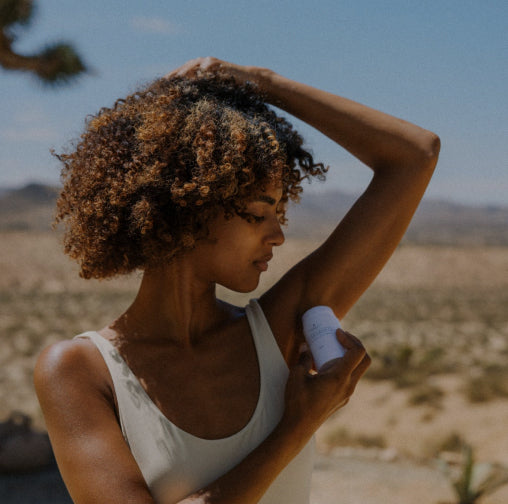
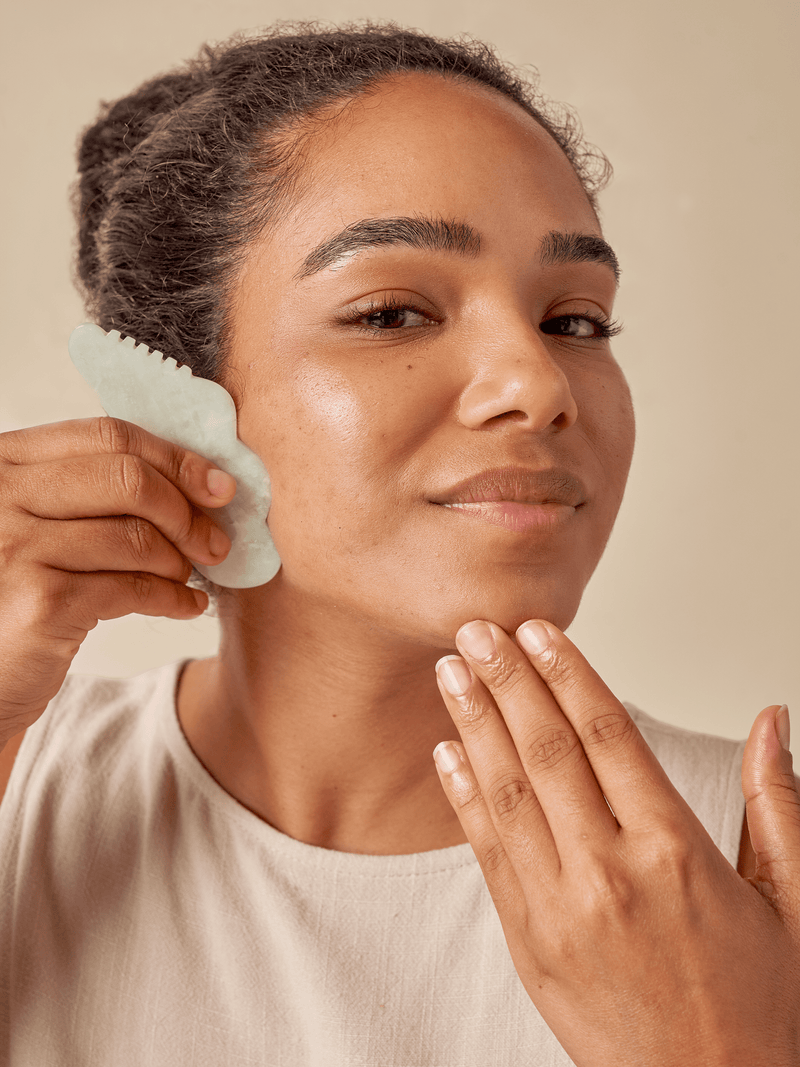
Leave a Comment